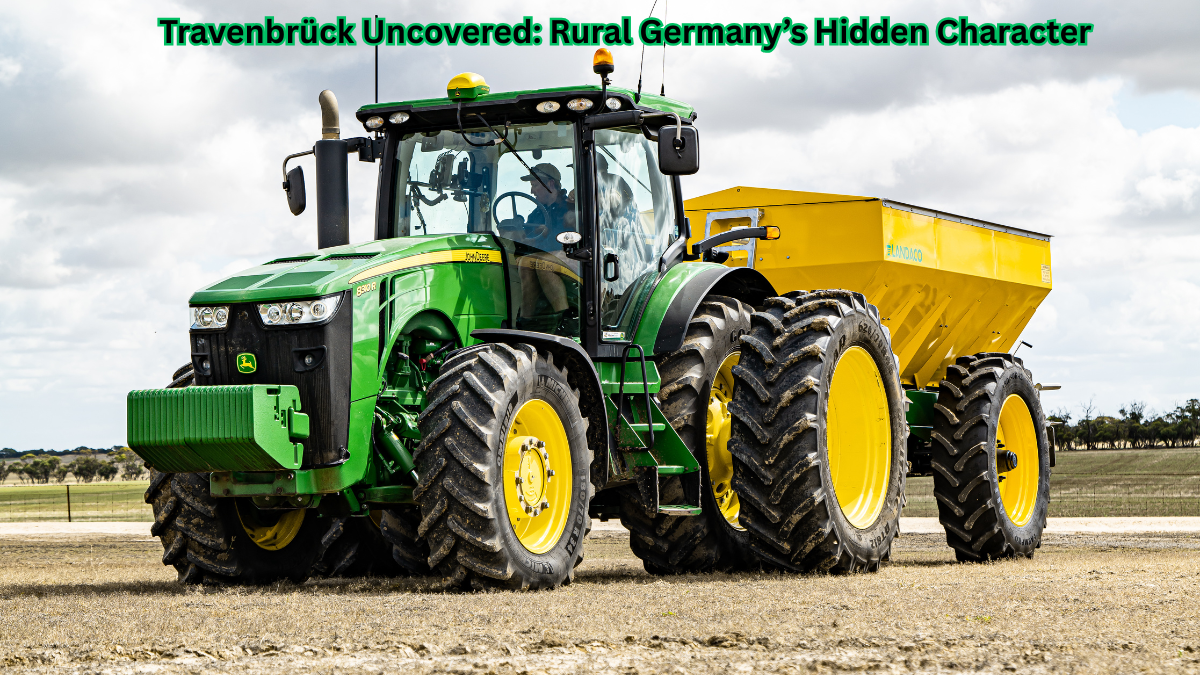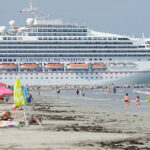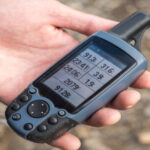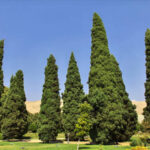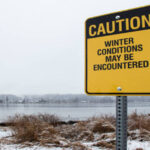When someone encounters the word Travenbrück, curiosity often follows. Is it a village, a historical landmark, a cultural center, or something more? In its essence, Travenbrück is a small municipality in northern Germany, located in the state of Schleswig-Holstein. But beyond that geographical marker lies a tapestry of stories, traditions, landscapes, and quiet resilience. This article provides an extensive exploration of Travenbrück, offering readers both historical grounding and contemporary insights into its identity. If your intent is to understand Travenbrück in clear and practical terms, the following pages will give you exactly that.
Introduction to Travenbrück
Travenbrück is a rural municipality nestled within Stormarn district, near the Trave River from which it partly derives its name. Despite its modest population, it carries cultural and historical importance that surpasses its size. Like many small German municipalities, its identity is shaped by a blend of geography, heritage, and the rhythms of modern rural life.
The name “Travenbrück” itself is instructive: “Trave” refers to the river Trave, while “Brück” comes from the German word for “bridge.” Together, they reflect both geography and infrastructure—a bridge over the Trave. This is emblematic of the way many European towns and villages formed: around rivers, crossings, and routes of commerce.
Historical Roots
The region surrounding Travenbrück has been settled for centuries, though the modern administrative municipality was formed much later through consolidation. Archaeological findings in Schleswig-Holstein reveal traces of early farming communities that date back to the Neolithic period, suggesting that this fertile area has supported human habitation for millennia.
During the medieval era, rivers such as the Trave were lifelines for transportation and trade. Bridges were rare and valuable, often associated with tolls and markets. Settlements like Travenbrück benefited from these crossings, providing services to merchants and travelers. Over time, small clusters of homes evolved into villages.
Later, under the influence of the Hanseatic League, towns along the Trave, especially Lübeck, rose to prominence. While Travenbrück itself did not become a major trading city, it existed within this sphere of economic activity, influenced by larger regional dynamics.
Administrative Formation
The municipality of Travenbrück as it is known today was created in 1978, through the amalgamation of several villages including Nütschau, Neverstaven, and Sühlen. This administrative consolidation was part of a broader restructuring in Schleswig-Holstein, designed to streamline governance and ensure better services for rural populations.
Each village within Travenbrück maintains its own identity, but together they form a shared municipality. This dual identity—local belonging and administrative unity—is a defining characteristic of Travenbrück today.
Geography and Landscape
Travenbrück sits within the rolling plains of Schleswig-Holstein, Germany’s northernmost state. Its landscape is characterized by:
- Rivers and Waterways: The Trave River meanders nearby, shaping the terrain and providing ecological richness.
- Agricultural Fields: Farming dominates land use, with crops such as wheat, barley, and rapeseed forming patchwork fields.
- Woodlands: Mixed forests add biodiversity, offering habitat for deer, foxes, and migratory birds.
- Villages: Traditional farmhouses with thatched roofs and red-brick barns dot the landscape.
This geography contributes not only to the economy but also to the quality of life. Residents often cite tranquility, open skies, and access to nature as reasons for remaining in the area despite urbanization pressures elsewhere.
Cultural Heritage
Travenbrück, though small, carries cultural traditions rooted in northern German life. Several features stand out:
- Architecture: Brick-built farmhouses, timber-framed homes, and preserved chapels speak to centuries of rural craftsmanship.
- Festivals: Seasonal events, particularly harvest festivals, bring together residents for food, music, and dance.
- Dialect: While High German is standard, older generations sometimes speak Plattdeutsch, a regional dialect that carries historical resonance.
- Cuisine: Traditional dishes such as kale stews, smoked fish, and hearty breads are still enjoyed locally.
Culture in Travenbrück is not about grand monuments but about everyday traditions that connect past and present.
Economy and Local Life
The economy of Travenbrück is primarily rural, relying heavily on agriculture. Family-run farms dominate, producing grains, dairy, and livestock. In recent years, diversification has emerged:
- Renewable Energy: Wind turbines and biogas facilities reflect Germany’s energy transition, and Travenbrück participates actively.
- Tourism: Small-scale rural tourism, including guesthouses and cycling routes, attracts visitors seeking nature and peace.
- Crafts and Services: Local artisans, carpenters, and small businesses sustain community life.
Employment opportunities in nearby towns like Bad Oldesloe and Lübeck also support residents, many of whom commute.
Education and Community Services
Despite its modest size, Travenbrück ensures access to education and essential services.
- Schools: Local primary education is available, with secondary schooling often pursued in neighboring towns.
- Libraries and Cultural Spaces: Village centers sometimes double as cultural meeting points, offering book collections, lectures, or concerts.
- Healthcare: General practitioners serve the area, while specialized care is sought in larger urban centers.
- Sports Clubs: Football, handball, and cycling clubs are integral to community life, fostering intergenerational connection.
Religion and Spiritual Life
Religion plays a quieter but still important role in Travenbrück. The area is predominantly Protestant, reflecting broader northern German demographics. The Benedictine monastery at Nütschau, however, is a distinctive feature, attracting visitors for retreats, spiritual counseling, and cultural programs. This monastery provides not only religious services but also spaces for dialogue, learning, and contemplation, bridging ancient traditions with modern needs.
Transportation and Connectivity
Connectivity is essential for rural municipalities. Travenbrück benefits from:
- Road Links: Local roads connect the villages to nearby towns, with autobahns within accessible range.
- Rail Access: Larger stations in Bad Oldesloe and Reinfeld offer regional and national train services.
- Cycling Routes: Well-marked cycling paths reflect Schleswig-Holstein’s emphasis on sustainable transport.
- Digital Infrastructure: Broadband expansion has been a priority, allowing remote work and digital services.
While public transport within Travenbrück is limited, regional connections mitigate isolation.
Tourism and Attractions
Though not a major tourist hub, Travenbrück offers understated attractions:
- Nütschau Monastery: A spiritual and cultural landmark offering retreats, historical architecture, and community events.
- Nature Trails: Walking and cycling through fields, forests, and riverbanks provide ecological encounters.
- Local Farms: Agritourism opportunities allow visitors to experience farm life and regional foods.
- Seasonal Festivals: Events celebrating harvests and local crafts enrich the visitor’s experience.
For those seeking authentic rural Germany, Travenbrück delivers precisely that.
Future Challenges and Opportunities
Like many rural municipalities in Europe, Travenbrück faces several challenges:
- Demographic Change: Younger generations often migrate to cities, leaving an aging population behind.
- Economic Diversification: Reliance on agriculture must be balanced with new industries.
- Climate Adaptation: Rising weather extremes affect farming and infrastructure.
- Cultural Continuity: Preserving dialect, traditions, and community cohesion requires deliberate effort.
At the same time, opportunities abound. Rural tourism, renewable energy, and digital connectivity all position Travenbrück for resilience and growth.
Informational Table: Key Facts About Travenbrück
| Aspect | Information |
|---|---|
| Location | Stormarn district, Schleswig-Holstein, Germany |
| Population | Small, under 2,000 residents (approximate) |
| Geography | Agricultural fields, Trave River vicinity, woodlands |
| Economy | Agriculture, renewable energy, rural tourism, small businesses |
| Culture | Harvest festivals, local dialect (Plattdeutsch), Benedictine monastery |
| Religion | Predominantly Protestant, with Nütschau Monastery as a notable landmark |
| Education | Primary schools locally, secondary schools in nearby towns |
| Transportation | Road links, nearby rail stations, cycling routes, broadband infrastructure |
| Tourism Highlights | Monastery retreats, nature trails, agritourism, seasonal festivals |
FAQs About Travenbrück
1. Where exactly is Travenbrück located?
Travenbrück is situated in northern Germany, within the district of Stormarn in Schleswig-Holstein, near the Trave River.
2. What is Travenbrück known for?
It is known for its rural landscapes, agricultural economy, cultural traditions, and the Benedictine monastery at Nütschau.
3. How large is Travenbrück’s population?
The municipality has fewer than 2,000 residents, spread across several small villages united under one administrative structure.
4. Is Travenbrück a good place to visit?
Yes, especially for those who enjoy rural tourism, nature trails, cultural festivals, and quiet retreats at the monastery.
5. What challenges does Travenbrück face today?
Key challenges include demographic shifts, economic diversification, climate adaptation, and preserving cultural identity.
Conclusion
Travenbrück may not appear on global tourist maps or feature in international headlines, but it embodies the quiet resilience of rural Europe. It is a place where history is not only preserved but also lived through daily rituals, where agriculture meets renewable energy, and where community ties remain central. For those searching for an authentic, grounded understanding of a small German municipality, Travenbrück offers lessons in continuity, adaptation, and understated beauty.

